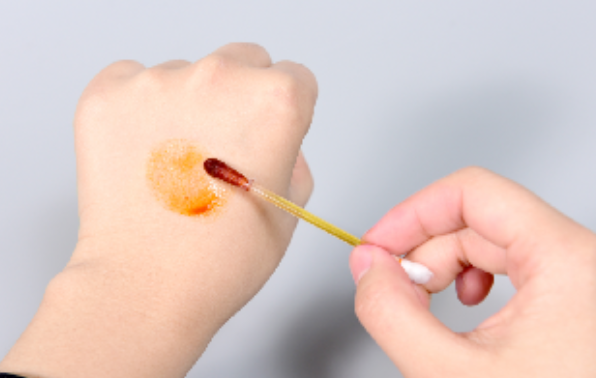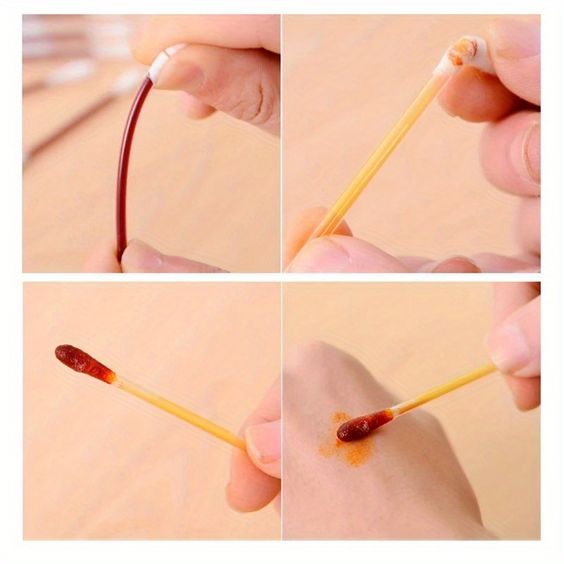In daily life, iodine is a common disinfectant and is widely used to treat various minor wounds. However, the saying that "using iodine will slow down wound healing" often bothers people. So, is this saying really tenable? Next, let's take a deeper look.

What are the functions of iodine?
Iodine, an alcohol solution of iodine, has a powerful bactericidal and disinfecting effect. When the skin has a minor abrasion, cut or other type of trauma, iodine can quickly kill the bacteria around the wound and prevent infection. Therefore, iodine is widely used in medical treatment, home aid, and other fields.
What factors affect wound healing?
Wound healing is a complex process that is affected by many factors. Infection is one of the important factors affecting wound healing. When a wound is infected by bacteria, the bacteria will destroy the wound tissue and delay the healing process. The size, depth, blood circulation, age, and nutritional status of the patient will also affect the speed of wound healing.
Will using iodine slow down wound healing?
Regarding the statement that "using iodine will slow down wound healing", we need to analyze it from a scientific perspective. Iodine has the effect of sterilization and disinfection, and can effectively prevent wound infection, which is one of the important factors in promoting wound healing. Although iodine is somewhat irritating, it does not cause obvious damage to wound tissue when used normally. Theoretically, using iodine to treat wounds will not slow down wound healing. It should be noted that if iodine is used improperly or excessively, it may cause certain irritation and damage to the wound. For example, excessive use of iodine may cause dryness and peeling of the skin around the wound, thereby delaying the healing process. Therefore, when using iodine to treat wounds, the principle of appropriate amount and time should be followed to avoid excessive or long-term use.

How to use iodine to treat wounds correctly?
Clean the wound: Before using iodine, the wound should be cleaned with clean water or saline to remove dirt and foreign matter on the wound surface.
Apply appropriate amount: Apply an appropriate amount of iodine to the wound and the surrounding skin, be careful not to use an excessive amount.
Avoid contact with eyes and mouth: Iodine is somewhat irritating and should be avoided from contact with sensitive areas such as eyes and mouth.
Observe the condition of the wound: After using iodine, the wound should be closely observed. If abnormal conditions such as redness, swelling, and pain occur, seek medical treatment promptly.
Treating wounds with iodine will not slow down wound healing. On the contrary, iodine has a bactericidal and disinfecting effect, which can effectively prevent wound infection and promote wound healing. However, it should be noted that when using iodine, the principle of appropriate amount and time should be followed to avoid excessive use or long-term use. At the same time, we should also maintain good wound care habits, keep the wound clean and dry, and avoid infection. I hope this article can solve your doubts about the use of iodine so that you can better deal with various minor wounds.
For more information on Innomed® Alginate Dressing, Refer to the Previous Articles. If you have customized needs, you are welcome to contact us; You Wholeheartedly. At longterm medical, we transform this data by Innovating and Developing Products that Make Life Life easier for those who need loving care.
Editor: kiki Jia

 English
English عربى
عربى Español
Español русский
русский 中文简体
中文简体








